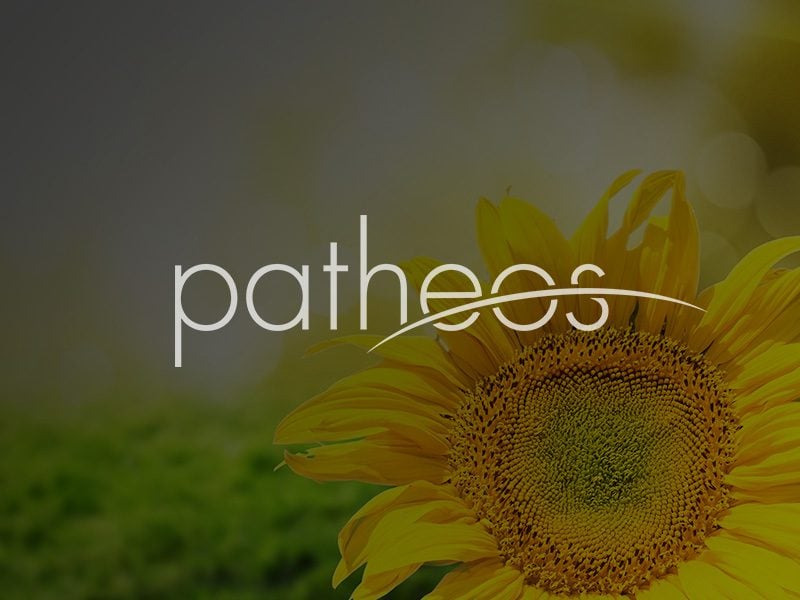Understanding Developments in Islamic Law
(This is a brief outline just to clarify an number of misunderstandings. References at the bottom for anyone interested in knowing more.)
- The Qur’an creates a new world-view among Bedouin tribes in the Arabian Peninsula and beyond.
-
- Transcendent: Humans are in direct relationship to the unique and transcendent God.
- Eschatological: Each person will face a final judgment and his or her eternal future will depend on his or her personal decisions rather than the continuation of tribe or clan.
- Universal: Islam is the last and most complete part of a divine universal plan. Muslims relate to other humans as fellow recipients of divine revelation rather than on the basis of genealogy.
- Through intense struggle (military, moral, and intellectual) Muhammad leads Muslims to an ideological victory. Against the fixed demands of tribal law and the idiosyncratic demands of demonic idols Muhammad and his closest followers subject their world to the idea that humans are and should be governed by divine law. (This is the meaning of the word “Islam.”)
- The Shari’a – the name for Divine Law. It has roughly the same meaning as “Torah” for Jews.
-
- God’s law is discovered by early Muslims through:
-
- 1. Direct application of commands in the Qur’an. (technically called “hudud.”)
- 2. Imitation of the actions of Muhammad (as the perfect interpretation of how to live out the Islamic religion.) (Sunnah)
- 3. Muhammad’s own legal rulings in specific situations. (Sunnah)
- 4. Reasoning based on analogy. Extending earlier rulings to later situations.
- The discovery of Shari’a is entirely through “case law.” That is: new laws are formed when judges rule on specific situations. These laws are called fiqh and over time they are collected into thousands of books.
- Shari’a law as such does not exist. All that actually exists are tens of thousands of specific legal rulings, each of which has only as much authority as any particular judge (or government) is willing to give it.
- Among the many legal rulings there are thousands which are more or less inconsistent because judges were allowed to adapt to local custom and context.
- Taming the Shari’a jungle:
-
- Very early in the history of Islam legal scholars realized that Shari’a would need to be somehow reduced to basic principles because it would be impossible for every judge in every circumstance to review all the previous case law. Thus beginning in the 10th century important Muslim legal teachers begin to articulate the agreed goals or principles of Shari’a law. Here is a sample:
- Muhammad Abu Zahra: “…the goal of the Islamic Shari’a is to preserve the five things whose preservation is agreed to be obligatory: life, sanity, property, progeny, and honor.”
- Imam Abu Hamid: “The purpose of the law (Shari’a) for human beings is fivefold: the preservation for them of their religion, soul, intellect, offspring, and property.”
- al-Ghazzali: The Basic Values of Shari`ah:
-
- 1. `Adl and qist: Justice and equity, 2. Huquq: Rights and obligations. 3. Shura: Consultation, 4.Masalih: Public interest, 5. Falah: Success (in this world and in the Hereafter)
- al -Ghazzali: The purpose of Shari`ah is to protect and promote
-
- 1. Din: Religion (way of life with God), 2. Nafs: Life (Soul and Body, Living Being), 3. Nasl: Progeny or family, 4. `Aql: Intellect, 5. Mal: Property or wealth
- Divine Law and Human Law
-
- Also from the beginning of Islam there were certain situations that required law but for which there was no precedent in the Islamic legal tradition.
-
- Customary rituals surrounding marriage, for example.
- Laws governing the management of a large urban society or state.
- Thus the Islamic legal experts recognized two valid forms of law that were not Islamic:
-
- Adat – or customary law.
- Siyasa Shari’a – or the law made by ruling authorities.
- Adat and Siyasa Shari’a were both valid forms of law as long as they did not contradict Divine law (Shari’a) N.B. They were tested according to the principles above, not with regard to specific legal rulings – which would have been impossible.
- The Result: For most of the history of Islam Muslims lived under dozens, even hundreds, of widely different sets of laws. These legal systems didn’t even necessarily agree on the number of times a day to pray, must less what people were required to wear, who could own property, how to punish crime, etc.
- The coming of the modern world: This changed as more modern empires (the Ottomans), more rapid forms of travel, the rise on literacy and publishing, and eventually the entire media revolution allowed Muslims from around the world to be influenced by particular legal teachers. Eventually major divisions arose among Muslim legal teachers:
-
- Those who believe that Muslims should continue to live under “big tent” Shari’a that allows for many different local variations of Islamic law.
- Those who want all Muslims to adhere to one standardized form of Islamic law. (Transnational Muslims) Among these two different groups have emerged.
-
- Those who are reductionist – they want to go back to some “pure” set of Islamic laws from the earliest period in Islamic history. (Wahabbis, the Taliban (Afghanistan), Jemaat Islamiyya (Pakistan), Iranian Supreme Council, Hamas, and Hizbollah are the most prominent examples. Any group that believes that there is a single, simple, transnational Islamic law. Of course, these groups strongly disagree with each other about what this law actually is.)
- Those who are modernist – they believe that old laws must be brought up to date given our current scientific knowledge (both in the social sciences and the hard sciences.) (Peoples Welfare Party in Turkey, UMNO in Malaysia, current governments in Iraq, Pakistan, Egypt, Libya, Morocco, Tunisia, Algeria, Indonesia, and elsewhere are examples.)
- Those who are principled – they want to reconstruct Islamic law on the basis of Qur’anic principles of freedom, equality, etc. rather than the old system of accepting earlier case law and extending it. So, for example, they would accept fully the UN Declaration of Human Rights as principles found in the Qur’an upon which modern laws should be based.
- Concluding Notes:
-
- Most Muslims appear to embrace some of all three of these positions – depending on what most accords with their interests, psychological needs, and social environment. Like most Christians and Jews they do not have an internally consistent understanding of the relationship between divine law, human law, and their own behavior.
- In my view the real question among Muslims is whether the “modernists Muslims” or the “principled Muslims” will gain control of Muslim governments. Reductionist/fundamentalist Islam is incoherent with the larger natural and social environment and is thus self-destructive.
- While non-Muslims can and probably should work with all these groups on matters of mutual interest, religiously plural modern societies can ultimately be built only on shared principled and not on some particular form of religious law – however modernized.
References:
Modern Islamic Political Thought, Hamid Enayat
Islam and Politics, John Esposito
Islam: a Sacred Law, What Every Muslim Should Know about Shari’a, Faisal Abdul Rauf
Radical Reform, Tariq Ramadan
Toward an Islamic Reformation: Civil Liberties, Human Rights, and International Law, Abdullah An-Naim
Arguing the Just War in Islam, John Kelsey











